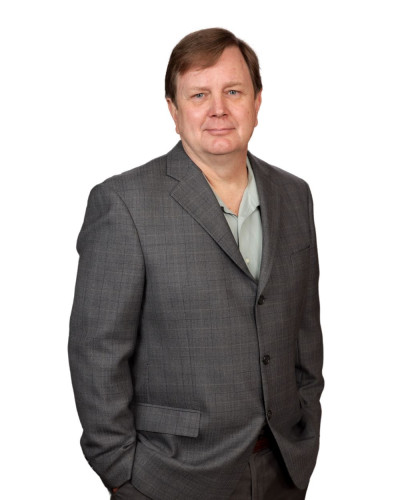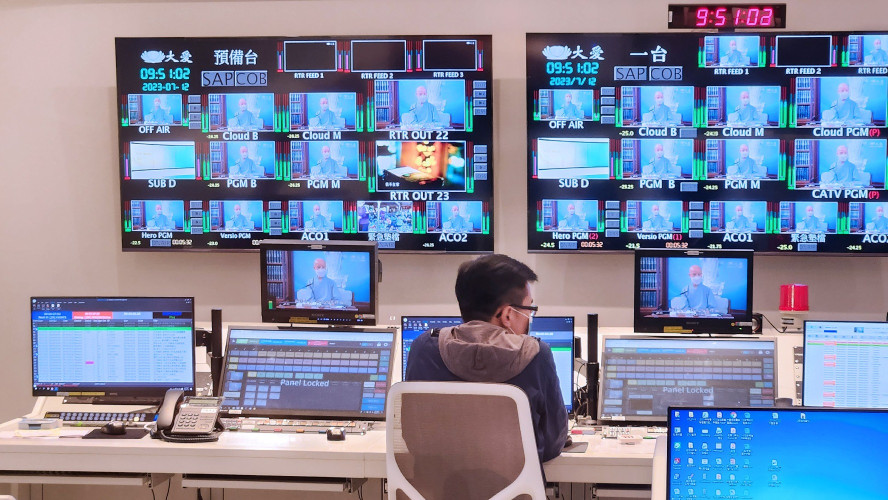Presenting to a capacity audience at a joint meeting of the RTS Thames Valley Centre and SMPTE in Reading, research engineer and industry commentator Tony Orme opened the evening with the assertion - “SMPTE’s ST2110 is the most important development to hit broadcast television since John Logie Baird went head to head with EMI-Marconi at the 1936 BBC trials in Alexandra Palace, London”.
Real-time is a term often bandied around without much regard to accuracy, but Orme reminded the audience how the term has been degraded over the past twenty years. In the analogue days, delays were typically less than a few fields. Fields turned into frames as synchronizers appeared in vision switchers and MPEG increased delivery time to half a second. Another change was with IPTV, as the advent of the long group of pictures (GOPs) was used to improve compression and reduce bit rates, Â timing delays potentially increased to many tens of seconds.
Timing is really the essence of ST2110 and is a real game changer. “In the history of television, this is the first time we have abstracted away the underlying hardware from the video, audio and metadata essence”, said Orme. Clock and data are firmly tied together in SDI, AES and MADI, and embedded metadata and audio in SDI guarantees frame accurate timing. ST2110 offers flexibility far beyond this.
SMPTE’s ST2022 was the first transition into IP for many. It mapped SDI directly into IP packets and managed to maintain the line, frame and video sync timing relationship between sender and receiver but was extremely wasteful of data bandwidth. Also, metadata and audio had to be extracted from the packets if it was to be processed independently of the video - further complicating timing relationships.
Up to 40% of bandwidth can potentially be gained by moving from ST2022 to ST2110, and with 4K and 8K productions just around the corner with data rates topping 120GBps, every bit of data saved is worthwhile.
Orme showed how ST2110 breaks the video, audio and metadata into independent IP streams, all with the same timestamps resulting in each essence stream being processed without reference to the others.
The world of processing suddenly opens as the full plethora of possibilities becomes clear. ST2110 allows us to process video in an on-prem datacenter, audio in virtualized servers, and metadata in the Cloud. As each stream has its own time stamp, but referenced to each other, distributed processing becomes possible. And when we assemble it all for playout, or in an edit suite, or in a studio, there is no lip-sync error and metadata still maintains its frame accuracy.
Examining the possibilities and use-cases, Orme demonstrated how outside broadcasts may no longer need a large production truck to make a program. Using PTP (precision time protocol –ST2059) - borrowed from IT, remote time sources can be slaved to a central master, so video, audio and metadata essence IP streams are referenced to a centralized time source in the main studio. Analogously, this is like the traditional SPG (sync pulse generator), but far more versatile.
PTP automatically corrects for transmission delays in IP circuits and will even auto switch masters if the grand-master was to fail. Again, like an SPG auto-change-over, but far more efficient and flexible.
As broadcasters start to take advantage of wide color gamut (WCG) and high dynamic range (HDR), the importance of maintaining accurate frame synchronization between video and metadata becomes even more evident.
Traditionally, broadcasters would have achieved this accuracy by embedding the metadata into the auxiliary data of the SDI video. However, this provides all kinds of challenges as video and metadata is processed in a studio environment. As each camera creates its own WCG and HDR data, processing in a vision switcher or edit suite becomes a nightmare.
ST2110 solves this problem beautifully as each essence IP stream has its own time stamp referenced to a master PTP clock. Post, studio or edit processing is simply a matter of processing IP streams of data to join the timestamps together and determine which metadata to use and how to modify it.
As we transition to IP, Orme demonstrated further use-cases to mix and match traditional SDI systems with ST2110. By using 10GBps ports on an ethernet switch, up to three – 3G-SDI video circuits can be distributed on each fiber or ethernet circuit. Ethernet switches are easily currently reaching 100GBps speeds with 400GBps currently in design by companies such as Cisco and Arista.
Orme delivered a compelling case for the importance of ST2110 from a practical immediate use-case point of view, and gave the audience insight into the many potential exciting possibilities that this standard offers. The Baird and Marconi engineers would be proud.







































